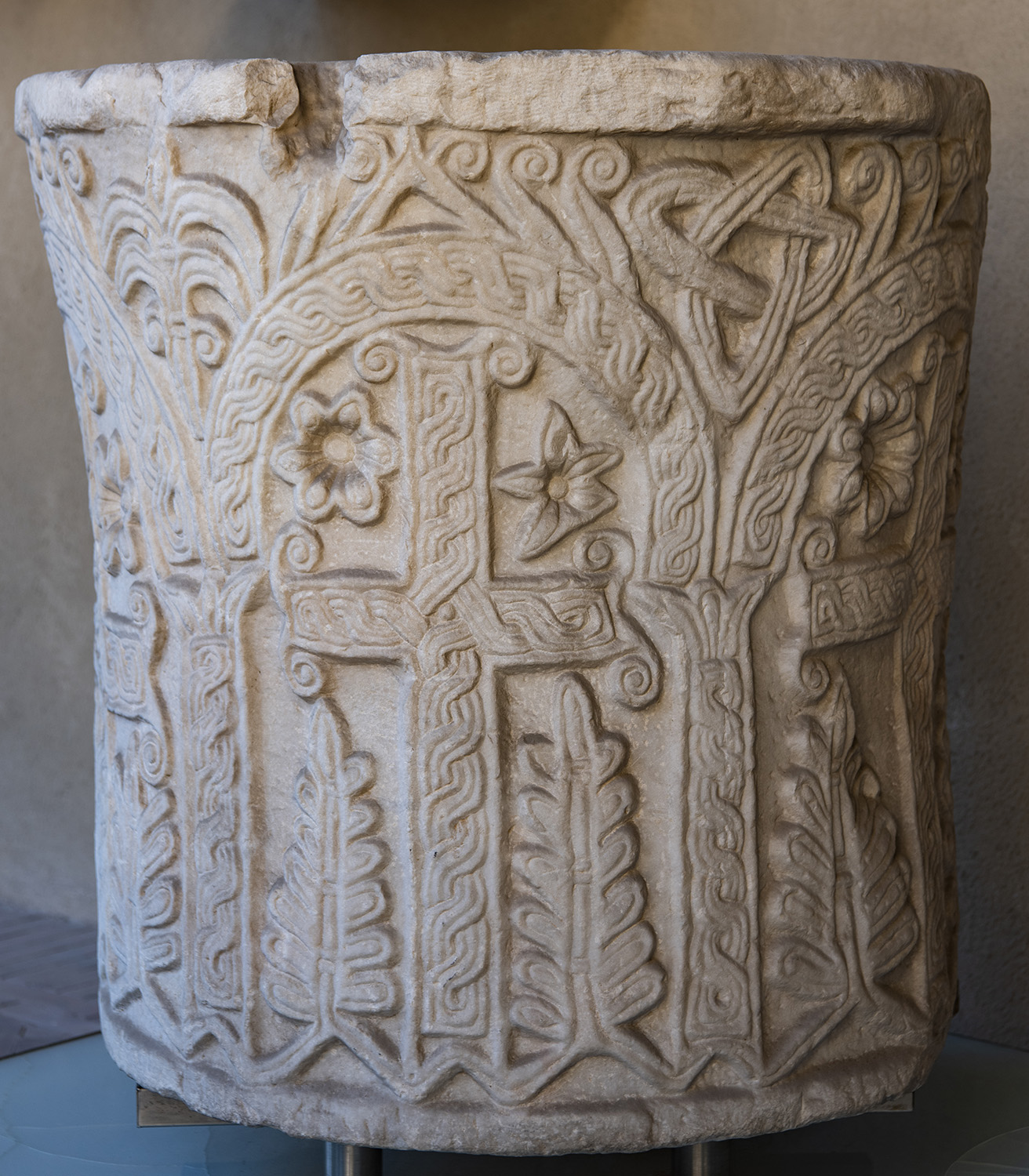Built in the second half of the fifteenth century as a viridarium, or the pope’s secret garden, the Palazzetto was moved and reassembled stone by stone in the early twentieth century, to make room for Piazza Venezia
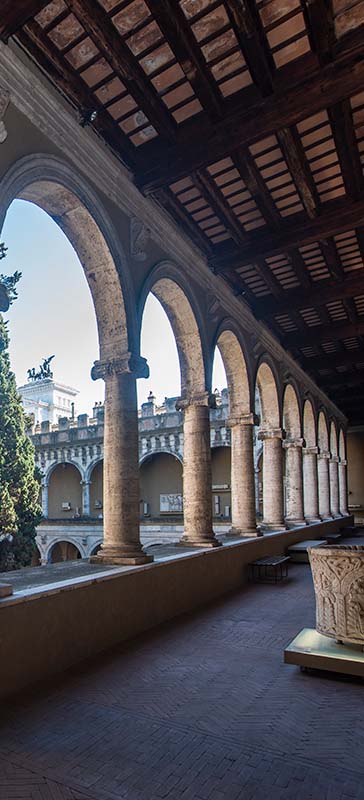
The Palazzetto is the second main structure in the complex of buildings that goes by the name Palazzo Venezia. Designed in the fifteenth century, its present-day location, function and even its appearance are quite different from the original building. The project and construction can be dated to the months following 1464, i.e. after the election of Pietro Barbo to the papal throne under the name Pope Paul II (1464-1471). At that time, it stood a few dozen metres to the east – in other words, well within the space taken up today by Piazza Venezia – and acted as a kind of avant-corps to the palace: the corner of the building connected with the Torre della Biscia.
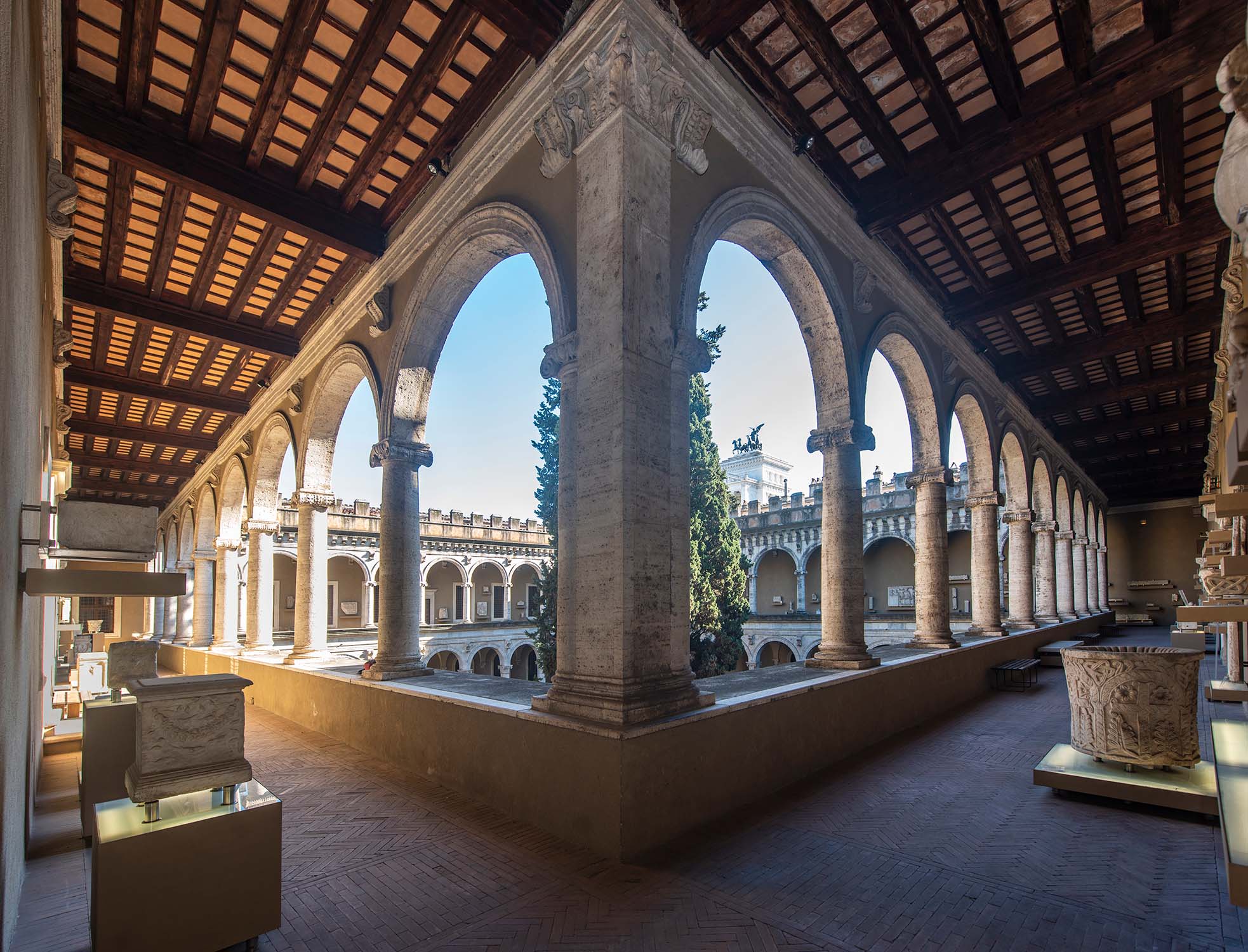
The pontiff intended it to be a viridarium or secret hanging garden, which he could access directly from his apartment. He also arranged the apartment of his family member, Cardinal Marco Barbo (1420-1491). The slightly trapezoidal layout was surrounded by a two tiers of arcaded loggias, open both to the interior and the outside of the building.
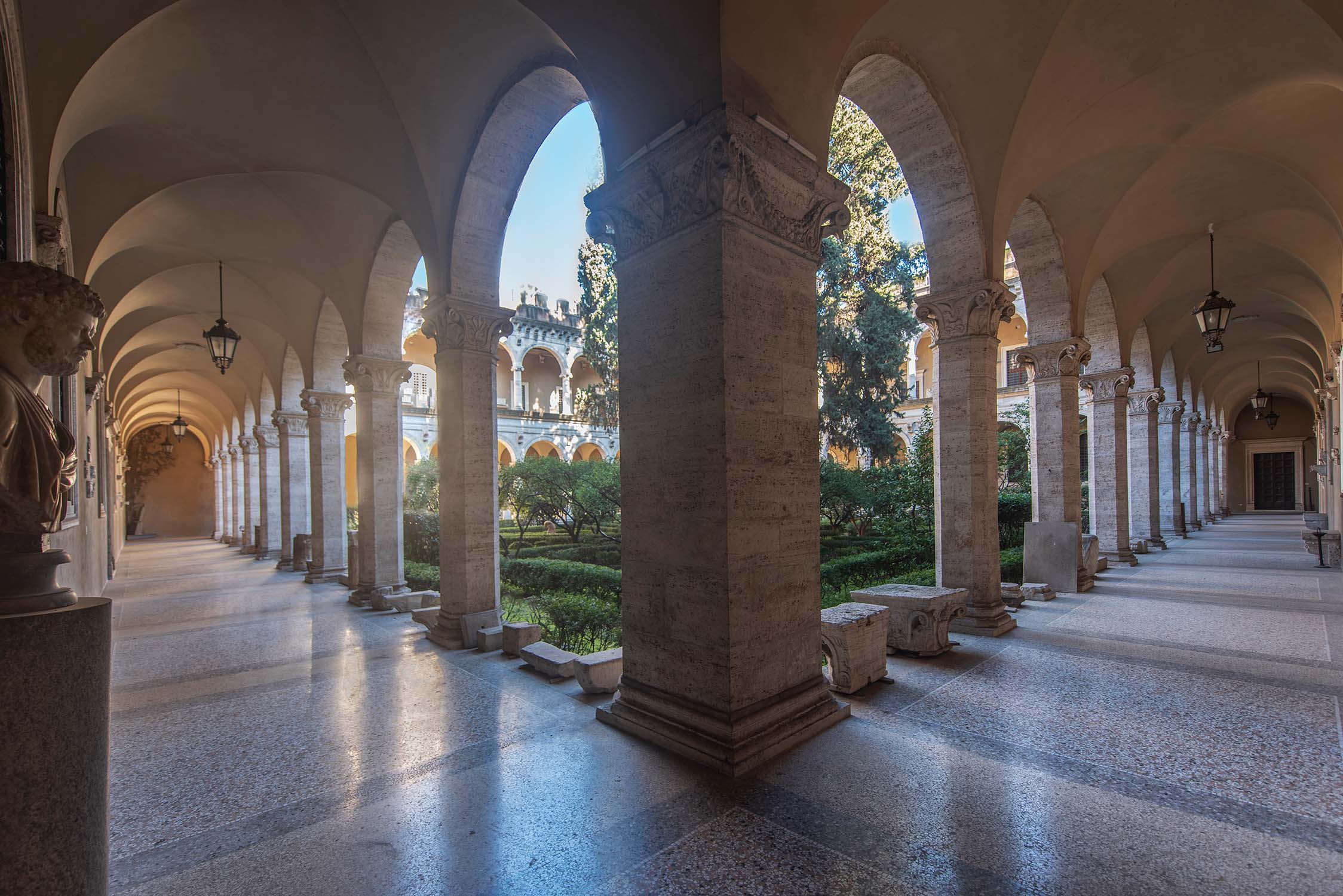
In the shelter of the arcades, the pope had a collection of classical antiquities. At the centre of the first tier, there were four anthropomorphic sculptures, perhaps representing Heads of the winds, today in the large Loggia. The central area was filled with greenery thanks to a citrus grove and hedges trimmed into a geometric pattern. It was here, in November-December 1466, that Antonio da Brescia (historical reports: 1464 - 1475) placed a well-curb with the coat of arms of Marco Barbo.
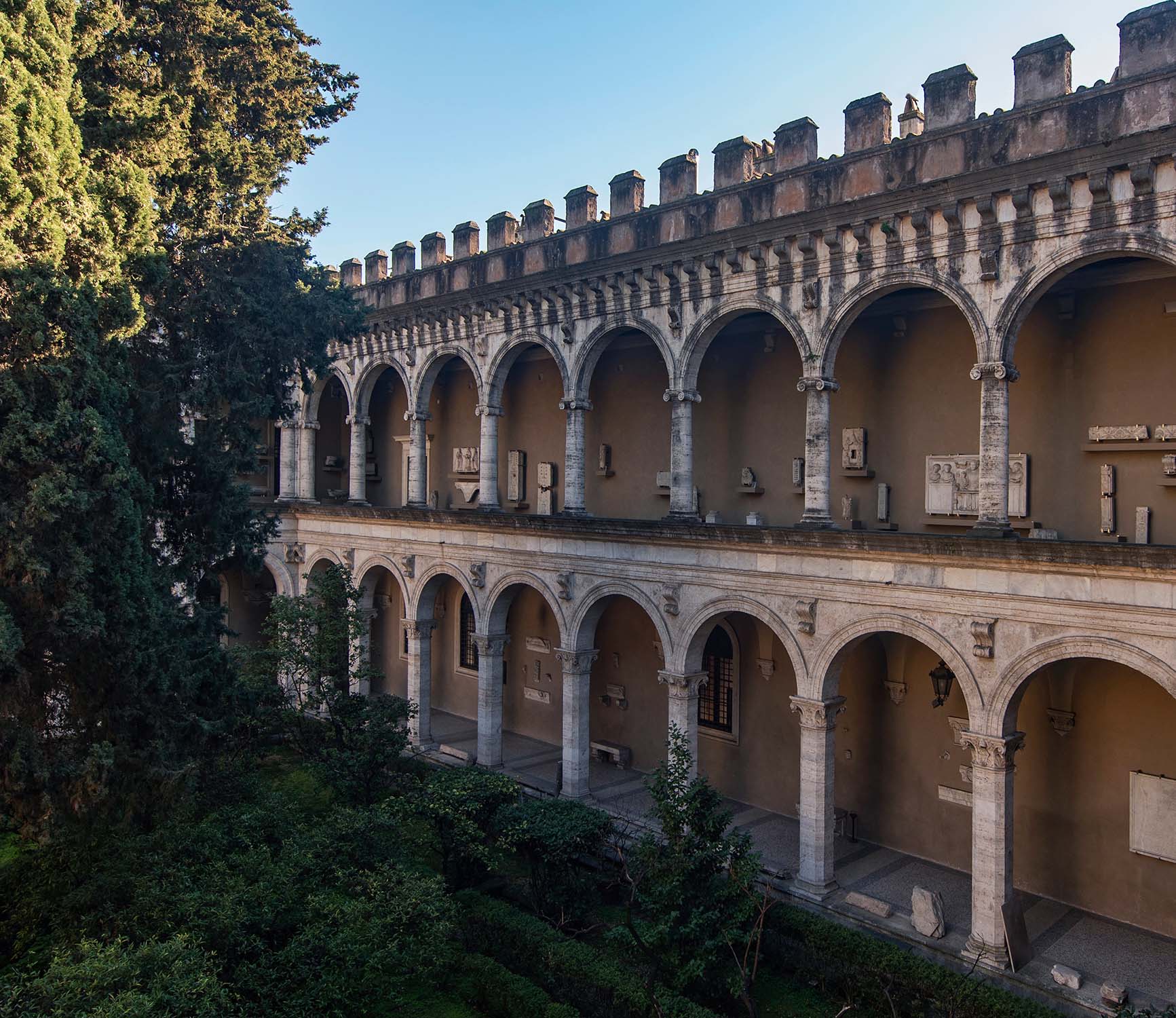
Significant changes were made by Pope Paul III (1534-1546), who, after having closed in the arcades of the loggia, created a small passageway, i.e. an elevated corridor, that connected this block of the building to a fortified tower located on top of the Campidoglio, the Tower of Pope Paul III. Both the passageway and the tower were demolished by the end of the nineteenth century. Today they can only be seen in paintings and old photographs.
With the donation of the palace to the Republic of Venice, in 1564, the viridarium also became the prerogative of the ambassadors. During the Napoleonic era, the consul of the Kingdom of Italy, Giuseppe Tambroni (1773-1824), and Antonio Canova (1757-1822) created the Academy of Fine Arts of the Italian Kingdom right inside the Palazzetto. It was here that the best artists from the Academies of Fine Arts of Milan, Venice and Bologna were provided with accommodation.
The building complex underwent profound alterations between 1910 and 1913, in order to create Piazza Venezia. After a series of alternative options, it was decided to dismantle the Palazzetto stone by stone and reassemble it in its present location. The Roman Camillo Pistrucci (1856-1927), Austrian Ludwig Baumann (1853-1936) and Hungarian Jaques Oblatt directed the works. Each piece was numbered and then put back together in its original position.
The twentieth-century reconstruction turned out to be slightly smaller and with a square plan, which among other things, forced the planners to do away with the brackets supporting the Heads of the winds, now housed in the large Loggia. Inside the garden, around Antonio da Brescia’s fifteenth-century well-curb, the architects recreated the Renaissance setting by planting citrus trees and laurel hedges in geometric patterns. By contrast, however, the presence of the particularly large cypresses is the result of the nineteenth-twentieth century fashion.
The Palazzetto currently houses part of the museum’s splendid collection of applied art works. Worthy of note from the majolica collection is the basin with the coat of arms of Cardinal Marco Barbo originally from the roof terrace, the Plate by Francesco Xanto Avelli and the Apothecary kit from Montefiascone.
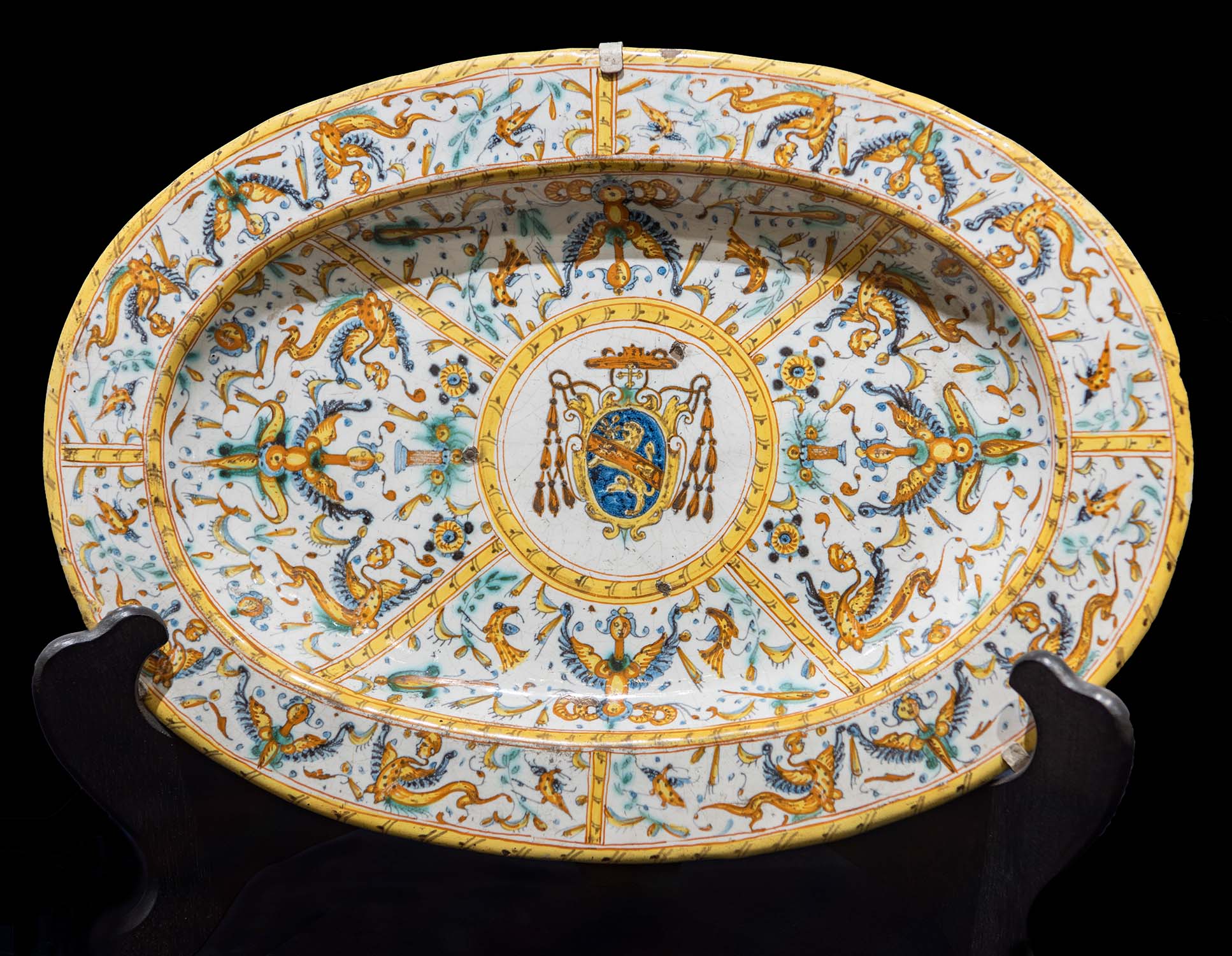
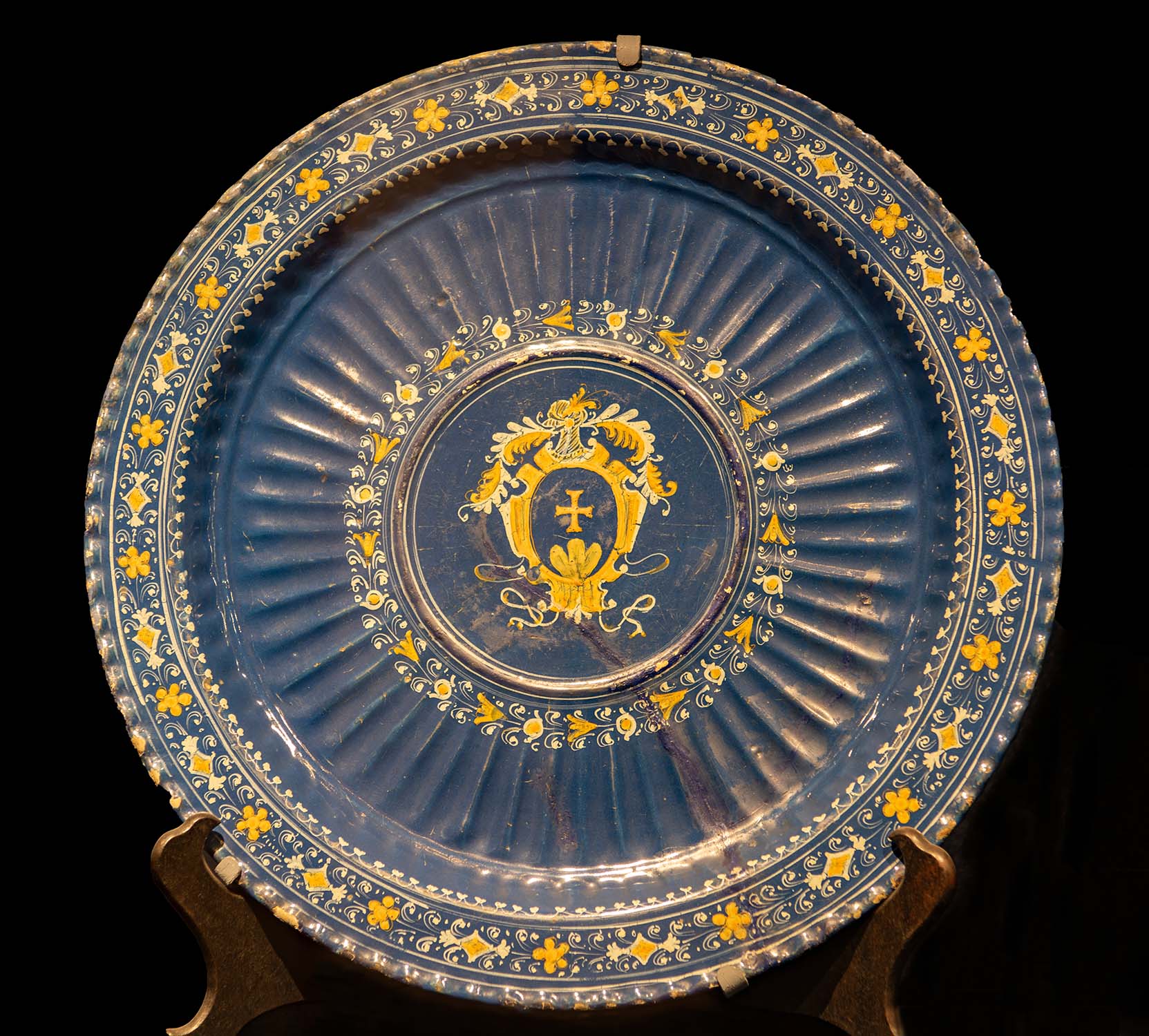
Of note from the terracotta and papier mâché collection: The Miracles of Saint Mark by Jacopo Sansovino and the collections of the scholar Ludwig Pollack (1868-1943) and singer Evan Gorga (1865-1957). The Gorga collection, in particular, includes 120 sketches and models from the seventeenth and eighteenth centuries, including some by Alessandro Algardi (1598-1654) and Gian Lorenzo Bernini, such as the Angel with the Title for the Sant’Angelo bridge and the Model for the memorial to Sister Maria Raggi.
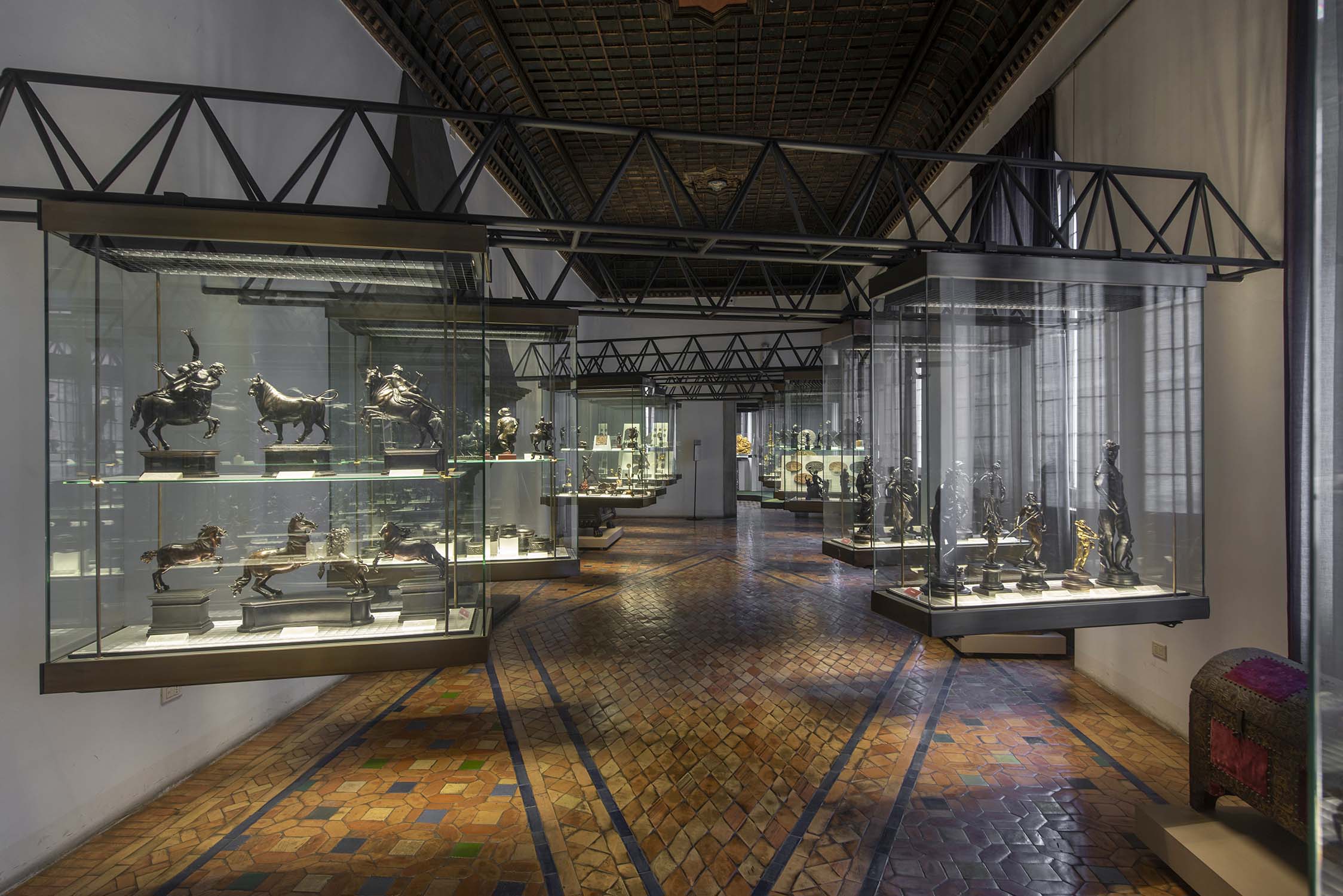
The Gorga collection, in particular, includes 120 sketches and models from the seventeenth and eighteenth centuries, including some by Alessandro Algardi (1598-1654) and Gian Lorenzo Bernini, such as the Angel with the Title for the Sant’Angelo bridge and the Model for the memorial to Sister Maria Raggi.
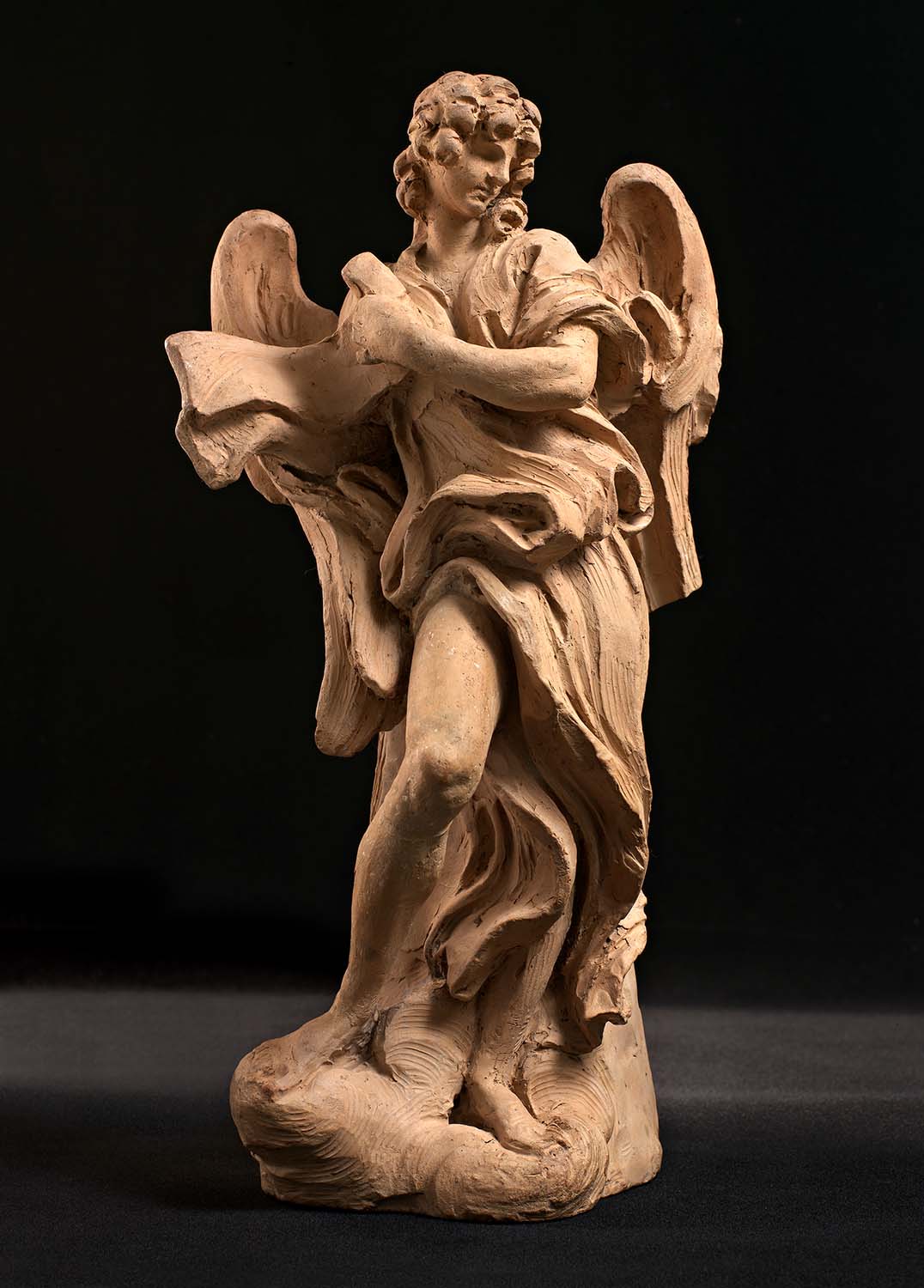
Outside the loggia, on the second floor is the so-called Lapidarium, established here in 2006 by Maria Giulia Barberini. It is a collection of marbles from antiquity to the Renaissance, that came to light due to the earthworks carried out while moving the Palazzetto and from some other collections, such as the Industrial Art Museum. Of particular note is the Well-curb, datable between the ninth-tenth centuries, formerly in the church of Sant’Agata al Quirinale, the Transenna from Santa Maria dell’Aracoeli, dated 1372 and the Wash basin attributed to Mino da Fiesole ( 1429-1484).
